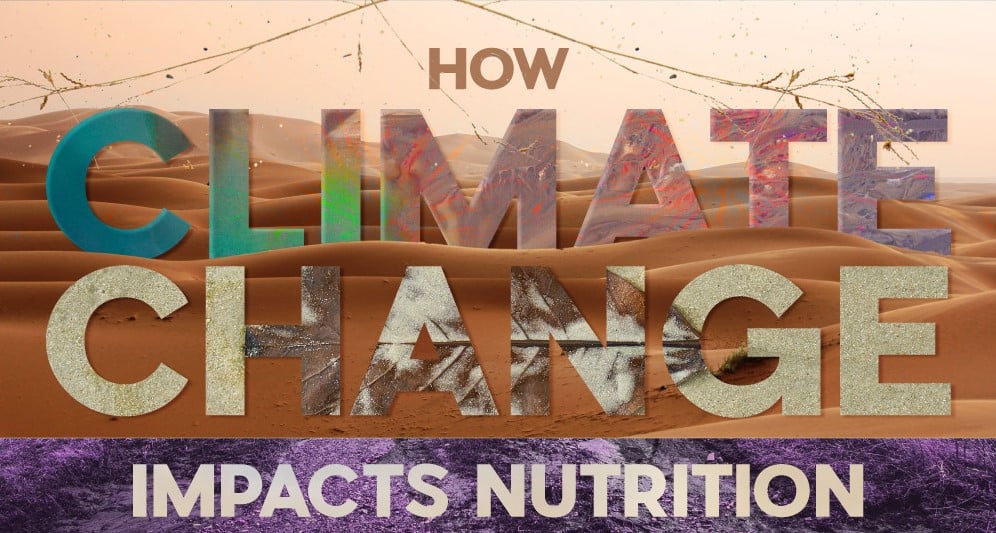Globally, hunger AKA food insecurity affects 821 million people, or nearly one in ten people, with those in developing countries at the highest risk. After years of decline in global hunger, the sudden spike in hunger statistics catches our attention and paints a worrisome picture. Climate related food insecurity results in the demand for humanitarian aid for 29 million people with 3.9 million of these people requiring urgent, life-saving assistance. Climate change hits the environment hard, and in turn our health suffers as well.
If trends continue, by 2050 the effects of climate change on our food system could result in additional 4.8 million malnourished children worldwide. The dangers of lowered food availability, tightened demand, and skyrocketed prices reflect our damaged farming systems that are struggling to adapt. Today, United States federal crop insurance encourages farmers to continue planting on degraded land by overing payouts for the below average crop yields, effectively laying the groundwork for a modern Dust Bowl.
Q3 hedge fund letters, conference, scoops etc
Current farming standards employing the use of heavy machinery, chemical pesticides, and excessive tilling, make our food systems a major source of greenhouse gas emissions. Unfortunately, food crops become less nutritious and fields become less productive in environments with high CO2 levels, contributing to the already 2 billion people facing nutrient deficiencies worldwide. Because of unsustainable farming systems paired with volatile and changing climates, food insecurity will only grow. Vulnerable populations like infants and impoverished individuals and communities are most at risk, as farming systems struggle to adapt and change.
To combat these effects, sustainability becomes the name of the game. Farming solutions that contribute to long-term solutions, rather than land degradation can go a long way in ensuring our food sources are reliable. Even on an individual level, adopting sustainable and nutrition diets can not only result in better health but can also help reduce greenhouse gas emissions. For the average adult, switching to a balanced diet by cutting down on processed snack foods and animal products would reduce their personal greenhouse gas carbon footprint by 17%.
We consider climate change as a massive threat to the planet and environment, but understanding how it’s damaging our bodies, nutrition, and even access to food is essential to seeing the whole picture. Take a look at this infographic for more detail on the impacts of climate change on our nutrition, why it’s hitting us so hard, and what we can do build a food-secure future for generations to come.




